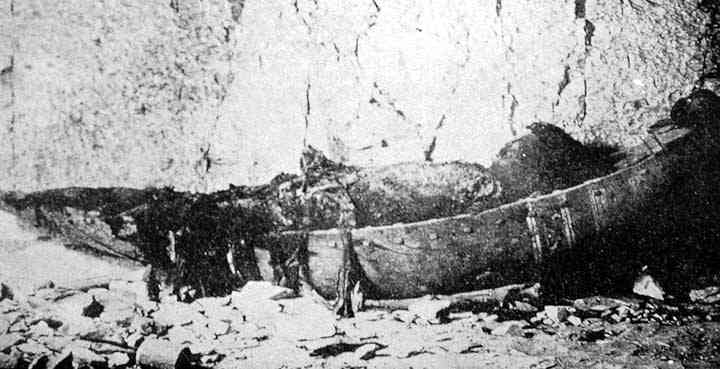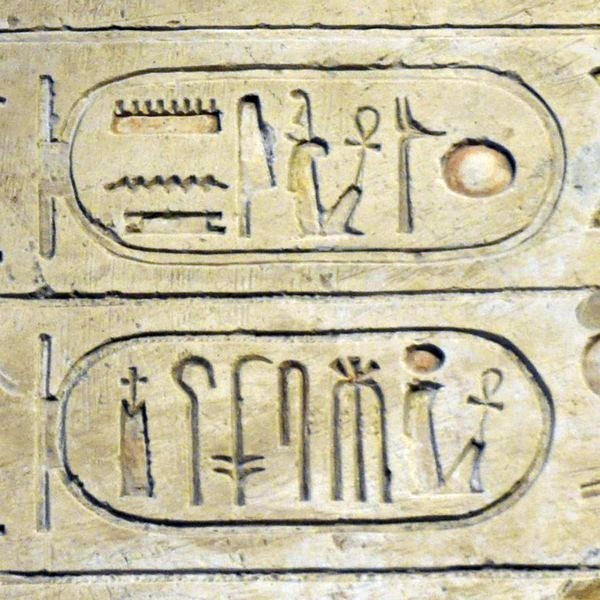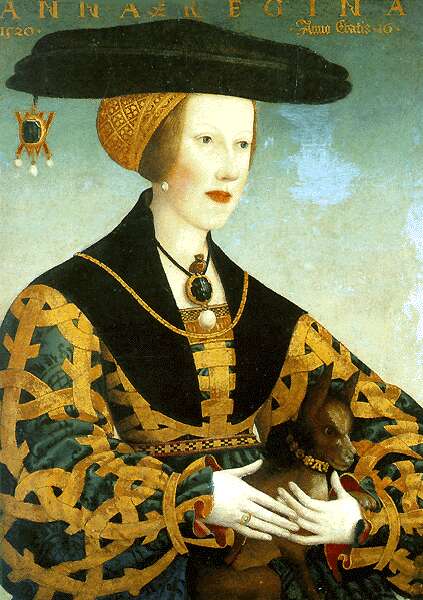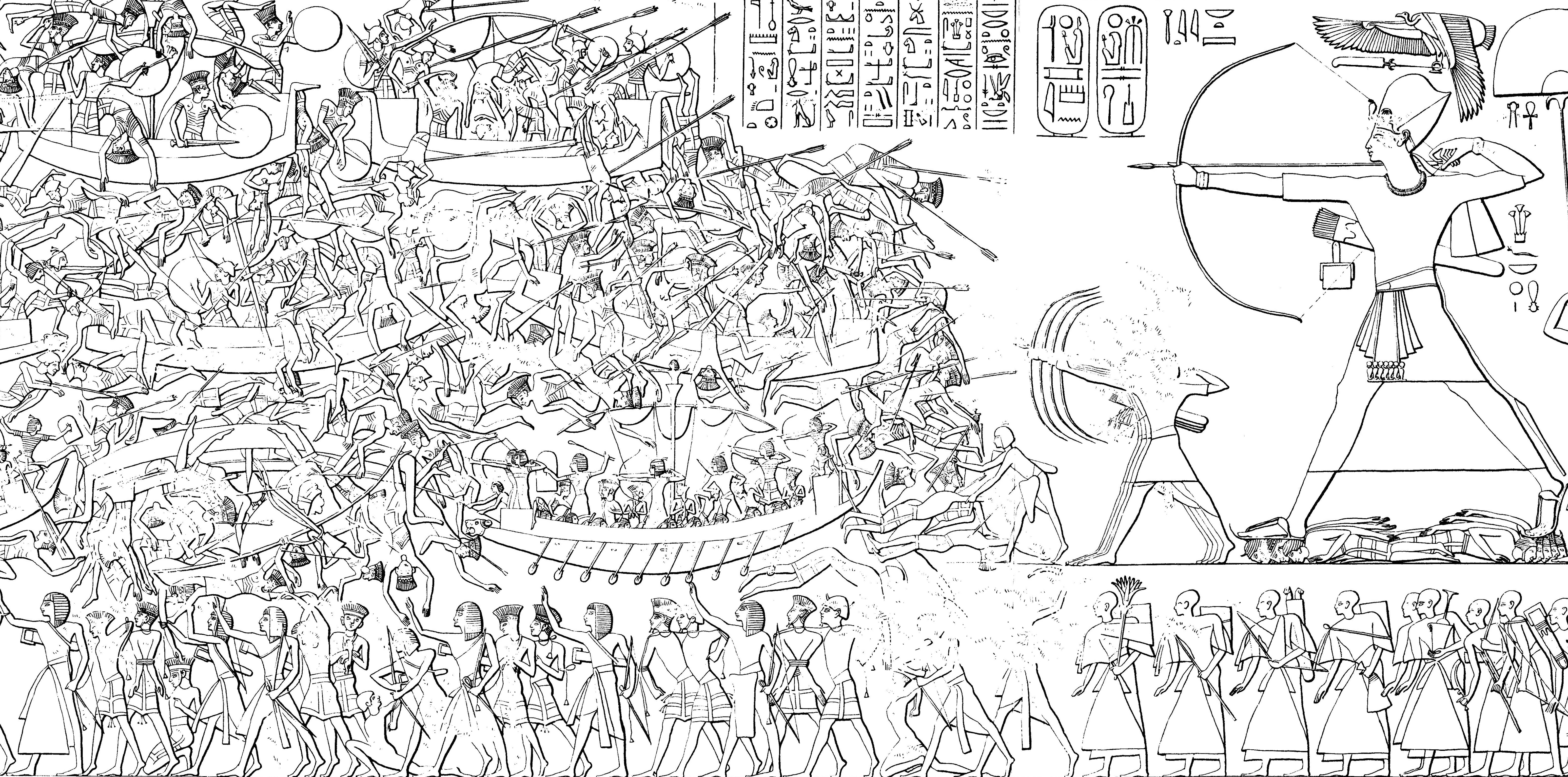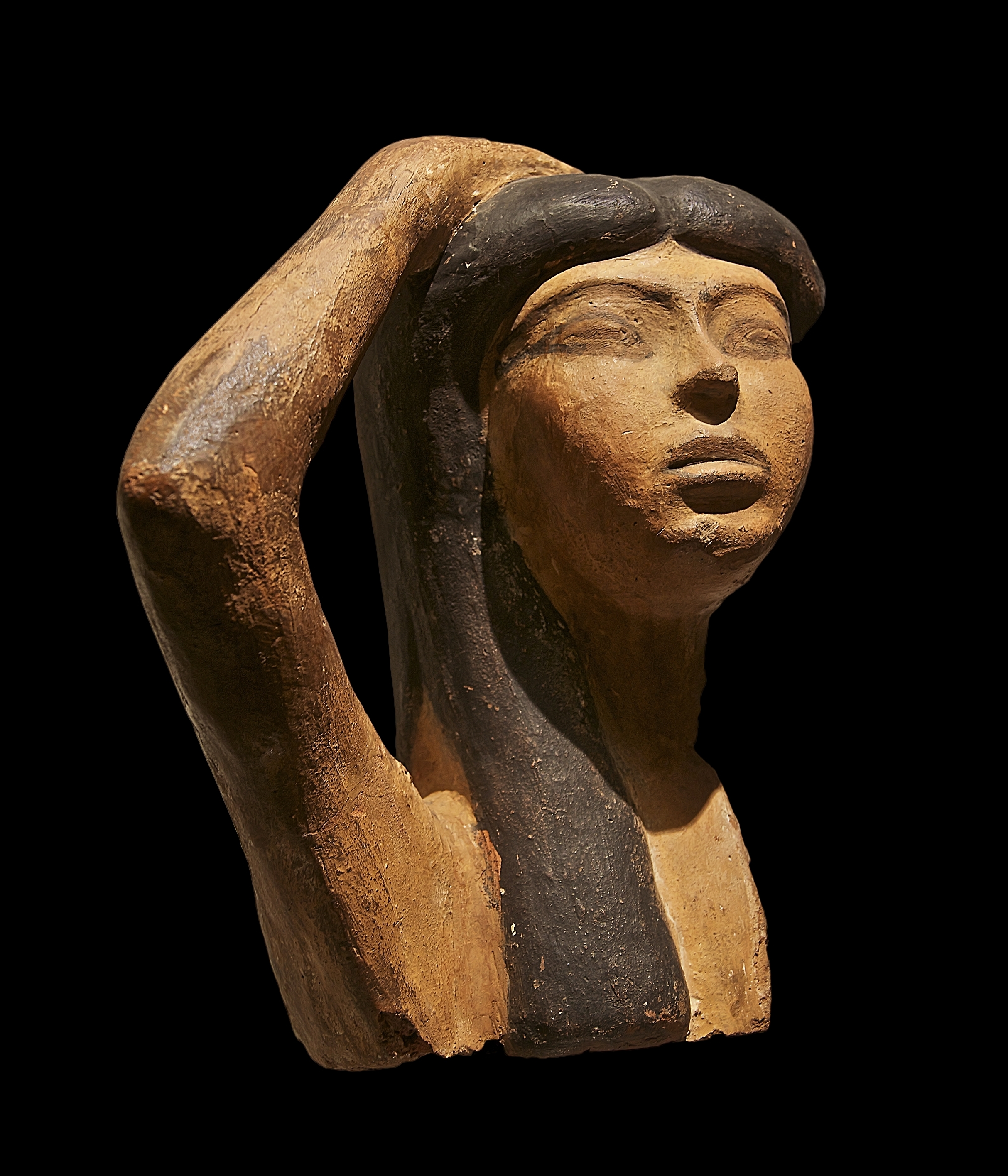|
Tiy-Merenese
Tiy-Merenese,J. Tyldesley, Chronicle of the Queens of Egypt, 2006, Thames & Hudson Teye-Merenaset,Grajetski, Ancient Egyptian Queens: a hieroglyphic dictionary, Golden House Publications Tiye-MerenisetAidan Dodson & Dyan Hilton, The Complete Royal Families of Ancient Egypt, Thames & Hudson (2004) ''(Tiy, Beloved of Isis)'' was the Great Royal Wife of pharaoh Setnakhte and mother of Ramesses III of the Twentieth Dynasty of Egypt. She is the only known wife of Setnakhte. She was depicted together with her husband on a stela A stele ( ) or stela ( )The plural in English is sometimes stelai ( ) based on direct transliteration of the Greek, sometimes stelae or stelæ ( ) based on the inflection of Greek nouns in Latin, and sometimes anglicized to steles ( ) or stela ... in Abydos. A priest named Meresyotef is shown adoring Setnakhte and Tiy-Merenese and their son Ramesses III is shown making offerings. Tiye-Merenese also appears on blocks found in Abydos which were reused in ... [...More Info...] [...Related Items...] OR: [Wikipedia] [Google] [Baidu] |
Setnakhte
Userkhaure-setepenre Setnakhte (also called Setnakht or Sethnakht) was the first pharaoh (1180s BC, 1189 BC–1180s BC, 1186 BC) of the Twentieth Dynasty of Egypt, Twentieth Dynasty of the New Kingdom of Egypt and the father of Ramesses III. Accession Setnakhte was not the son, brother or a direct descendant of either Twosret or Siptah, Merneptah Siptah—the immediately preceding two pharaohs—nor that of Siptah's predecessor Seti II, whom Ramesses III, Setnakhte's son, formally considered the last legitimate ruler in his Medinet Habu kinglist. Setnakhte was a man of unknown origins who seized the throne during a time of crisis and political unrest likely from Twosret and he was presumably a minor descendant of Ramesses II through a separate family line from that of Seti II, Siptah and Twosret. As Aidan Dodson writes, Setnakhte's accession to power as an usurper is confirmed by a victory stela at Elephantine at Aswan, which shows his rise to power was accompanied ... [...More Info...] [...Related Items...] OR: [Wikipedia] [Google] [Baidu] |
Ramesses III
Usermaatre Meryamun Ramesses III was the second Pharaoh of the Twentieth dynasty of Egypt, Twentieth Dynasty in Ancient Egypt. Some scholars date his reign from 26 March 1186 to 15 April 1155 BC, and he is considered the last pharaoh of the New Kingdom of Egypt, New Kingdom to have wielded substantial power. His long reign saw the decline of Egyptian political and economic power, linked to a series of invasions and internal economic problems that also plagued pharaohs before him. This coincided with a decline in the cultural sphere of Ancient Egypt. However, his successful defense was able to slow down the decline, although it still meant that his successors would have a weaker military. He has also been described as a "warrior Pharaoh" due to his strong military strategies. He led the way by defeating the invaders known as "the Sea Peoples", who had caused destruction in other civilizations and empires. He was able to save Egypt from collapsing at the time when Late Bronze Age c ... [...More Info...] [...Related Items...] OR: [Wikipedia] [Google] [Baidu] |
Queen Consort
A queen consort is the wife of a reigning king, and usually shares her spouse's social Imperial, royal and noble ranks, rank and status. She holds the feminine equivalent of the king's monarchical titles and may be crowned and anointed, but historically she does not formally share the king's political and military powers, unless on occasion acting as regent. In contrast, a queen regnant is a female monarch who rules ''suo jure'' (Latin for, "in her own right") and usually becomes queen by inheriting the throne upon the death of the previous monarch. A queen dowager is a widowed queen consort, and a queen mother is a queen dowager who is the mother of the current monarch. Titles When a title other than king is held by the sovereign, his wife can be referred to by the feminine equivalent, such as princess consort or empress consort. In monarchies where polygamy has been practised in the past (such as Morocco and Thailand), or is practised today (such as the Zulu people, Zulu ... [...More Info...] [...Related Items...] OR: [Wikipedia] [Google] [Baidu] |
Egypt
Egypt ( , ), officially the Arab Republic of Egypt, is a country spanning the Northeast Africa, northeast corner of Africa and Western Asia, southwest corner of Asia via the Sinai Peninsula. It is bordered by the Mediterranean Sea to northern coast of Egypt, the north, the Gaza Strip of Palestine and Israel to Egypt–Israel barrier, the northeast, the Red Sea to the east, Sudan to Egypt–Sudan border, the south, and Libya to Egypt–Libya border, the west; the Gulf of Aqaba in the northeast separates Egypt from Jordan and Saudi Arabia. Cairo is the capital, list of cities and towns in Egypt, largest city, and leading cultural center, while Alexandria is the second-largest city and an important hub of industry and tourism. With over 109 million inhabitants, Egypt is the List of African countries by population, third-most populous country in Africa and List of countries and dependencies by population, 15th-most populated in the world. Egypt has one of the longest histories o ... [...More Info...] [...Related Items...] OR: [Wikipedia] [Google] [Baidu] |
Twentieth Dynasty Of Egypt
The Twentieth Dynasty of Egypt (notated Dynasty XX, alternatively 20th Dynasty or Dynasty 20) is the third and last dynasty of the Ancient Egyptian New Kingdom period, lasting from 1189 BC to 1077 BC. The 19th and 20th Dynasties together constitute an era known as the Ramesside period owing to the predominance of rulers with the given name "Ramesses". This dynasty is generally considered to mark the beginning of the decline of Ancient Egypt at the transition from the Late Bronze to Iron Age. During the period of the Twentieth Dynasty, Ancient Egypt faced the crisis of invasions by Sea Peoples. The dynasty successfully defended Egypt, while sustaining heavy damage. History After the death of the last pharaoh of the 19th Dynasty, Queen Twosret, Egypt entered into a period of civil war. Because of lost historical records, the cause of the civil war is unknown. The war was ended with the accession to the throne by Setnakhte, who founded the 20th Dynasty of Egypt. From the reign ... [...More Info...] [...Related Items...] OR: [Wikipedia] [Google] [Baidu] |
Ancient Egyptian Religion
Ancient Egyptian religion was a complex system of Polytheism, polytheistic beliefs and rituals that formed an integral part of ancient Egyptian culture. It centered on the Egyptians' interactions with Ancient Egyptian deities, many deities believed to be present and in control of the world. About 1,500 deities are known. Rituals such as prayer and offerings were provided to the gods to gain their favor. Formal religious practice centered on the pharaohs, the rulers of Egypt, believed to possess divine powers by virtue of their positions. They acted as intermediaries between their people and the gods, and were obligated to sustain the gods through rituals and offerings so that they could maintain Ma'at, the order of the cosmos, and repel Isfet (Egyptian mythology), Isfet, which was chaos. The state dedicated enormous resources to religious rituals and to the construction of Egyptian temple, temples. Individuals could interact with the gods for their own purposes, appealing for hel ... [...More Info...] [...Related Items...] OR: [Wikipedia] [Google] [Baidu] |
Isis
Isis was a major goddess in ancient Egyptian religion whose worship spread throughout the Greco-Roman world. Isis was first mentioned in the Old Kingdom () as one of the main characters of the Osiris myth, in which she resurrects her slain brother and husband, the divine king Osiris, and produces and protects his heir, Horus. She was believed to help the dead enter the afterlife as she had helped Osiris, and she was considered the divine mother of the pharaoh, who was likened to Horus. Her maternal aid was invoked in healing spells to benefit ordinary people. Originally, she played a limited role in royal rituals and temple rites, although she was more prominent in funerary practices and magical texts. She was usually portrayed in art as a human woman wearing a throne-like hieroglyph on her head. During the New Kingdom (), as she took on traits that originally belonged to Hathor, the preeminent goddess of earlier times, Isis was portrayed wearing Hathor's headdress: a ... [...More Info...] [...Related Items...] OR: [Wikipedia] [Google] [Baidu] |
Great Royal Wife
Great Royal Wife, or alternatively, Chief King's Wife () is the title that was used to refer to the Queen consort, principal wife of the pharaoh of Ancient Egypt, who served many official functions. Description While most ancient Egyptians were monogamy, monogamous, a male pharaoh would have had other, lesser wives and concubines in addition to the Great Royal Wife. This arrangement would allow the pharaoh to enter into diplomatic marriages with the daughters of allies, as was the custom of ancient kings. In the past the order of succession in Ancient Egypt was thought to pass through the royal women. This theory, referred to as the Heiress Theory, has been rejected regarding the Eighteenth Dynasty ever since a 1980s study of its royalty.O'Connor and Cline (Editors), Amenhotep III: Perspectives on his reign, pg 6 The throne likely passed to the eldest living son of those pharaohs. The mother of the heir to the throne was not always the Great Royal Wife, but once a pharaoh was c ... [...More Info...] [...Related Items...] OR: [Wikipedia] [Google] [Baidu] |
Stela
A stele ( ) or stela ( )The plural in English is sometimes stelai ( ) based on direct transliteration of the Greek, sometimes stelae or stelæ ( ) based on the inflection of Greek nouns in Latin, and sometimes anglicized to steles ( ) or stelas ( ). is a stone or wooden slab, generally taller than it is wide, erected in the ancient world as a monument. The surface of the stele often has text, ornamentation, or both. These may be inscribed, carved in relief, or painted. Stelae were created for many reasons. Grave stelae were used for funerary or commemorative purposes. Stelae as slabs of stone would also be used as ancient Greek and Roman government notices or as boundary markers to mark borders or property lines. Stelae were occasionally erected as memorials to battles. For example, along with other memorials, there are more than half-a-dozen steles erected on the battlefield of Waterloo at the locations of notable actions by participants in battle. A traditional Wester ... [...More Info...] [...Related Items...] OR: [Wikipedia] [Google] [Baidu] |
Abydos, Egypt
Abydos ( or ; Sahidic ') is one of the oldest cities of ancient Egypt, and also of the Ta-wer, eighth Nome (Egypt), nome in Upper Egypt. It is located about west of the Nile at latitude 26° 10' N, near the modern Egyptian towns of El Araba El Madfuna and El Balyana. In the ancient Egyptian language, the city was called Abedju (''ꜣbḏw'' or ''AbDw'')(Arabic Abdu عبد-و). The English name ''Abydos'' comes from the Greek language, Greek , a name borrowed by Greek geographers from the unrelated city of Abydos, Hellespont, Abydos on the Hellespont. Considered one of the most important archaeological sites in Egypt, the sacred city of Abydos was the site of many ancient Egyptian temple, temples, including Umm el-Qa'ab, a royal necropolis where early pharaohs were entombed. These tombs began to be seen as extremely significant burials and in later times it became desirable to be buried in the area, leading to the growth of the town's importance as a cult site. Today, Abydos ... [...More Info...] [...Related Items...] OR: [Wikipedia] [Google] [Baidu] |
12th-century BC Egyptian Women
1 (one, unit, unity) is a number, numeral, and glyph. It is the first and smallest positive integer of the infinite sequence of natural numbers. This fundamental property has led to its unique uses in other fields, ranging from science to sports, where it commonly denotes the first, leading, or top thing in a group. 1 is the unit of counting or measurement, a determiner for singular nouns, and a gender-neutral pronoun. Historically, the representation of 1 evolved from ancient Sumerian and Babylonian symbols to the modern Arabic numeral. In mathematics, 1 is the multiplicative identity, meaning that any number multiplied by 1 equals the same number. 1 is by convention not considered a prime number. In digital technology, 1 represents the "on" state in binary code, the foundation of computing. Philosophically, 1 symbolizes the ultimate reality or source of existence in various traditions. In mathematics The number 1 is the first natural number after 0. Each natural number, ... [...More Info...] [...Related Items...] OR: [Wikipedia] [Google] [Baidu] |
